Explore Hvar: 12 Unique Attractions Including Europe’s Cleanest Waters And Underwater Wine Cellars
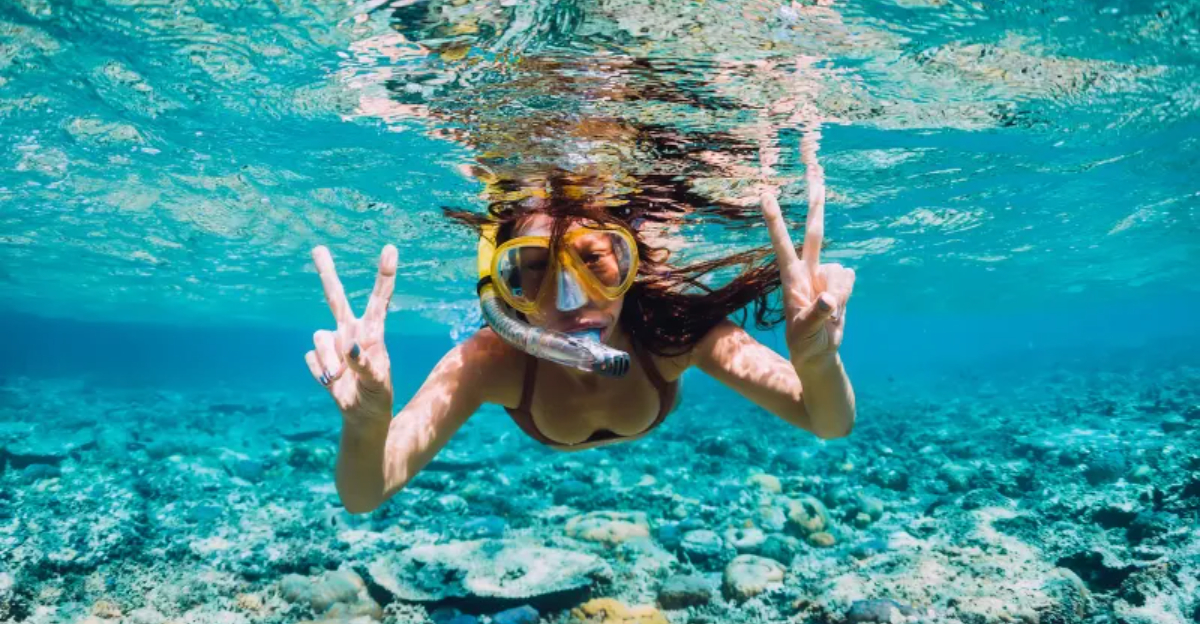
Floating like a jewel in the Adriatic, Hvar is the kind of place that gets under your skin—in the best way. With its shimmering turquoise waters, fragrant lavender fields, and medieval streets bathed in sunlight, it’s easy to see why so many fall in love with this Croatian island.
But Hvar isn’t just about the views. Have you ever danced the night away in a centuries-old fortress overlooking the sea? Or sipped local wine steps from where it was first pressed generations ago? This island has layers—from its Venetian architecture and ancient monasteries to hidden coves you can only reach by boat.
Ready to discover why Hvar deserves a top spot on your European bucket list? Let me take you through 12 must-see attractions that prove this island is more than just a pretty face.
1. Pakleni Islands boat tour
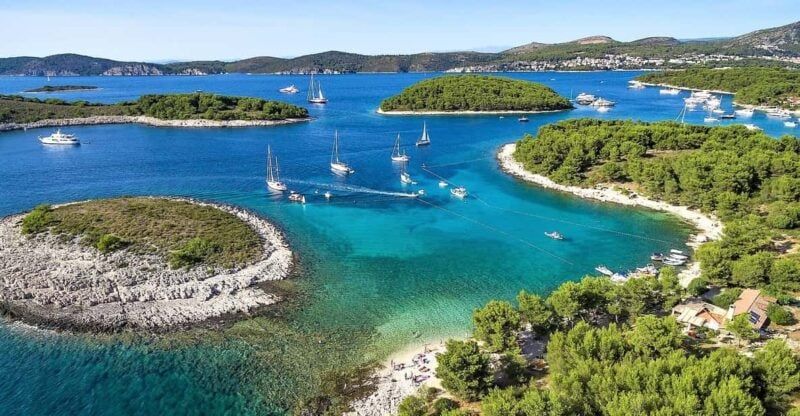
Imagine sailing through a scattered archipelago of wooded isles surrounded by impossibly blue waters. The Pakleni Islands, just off Hvar’s southwest coast, offer exactly this magical experience.
My favorite island-hopping adventure begins at Hvar Town’s harbor, where local skippers await to whisk you away to hidden coves and secluded beaches. Many boats stop at Palmižana Bay, where you can swim in transparent waters or enjoy fresh seafood at beachside restaurants.
If you rent your own boat (no license needed for smaller vessels), you’ll discover intimate bays where few tourists venture. The islands’ name actually means ‘Hell’s Islands,’ though they’re anything but hellish!
2. Underwater wine cellar experience
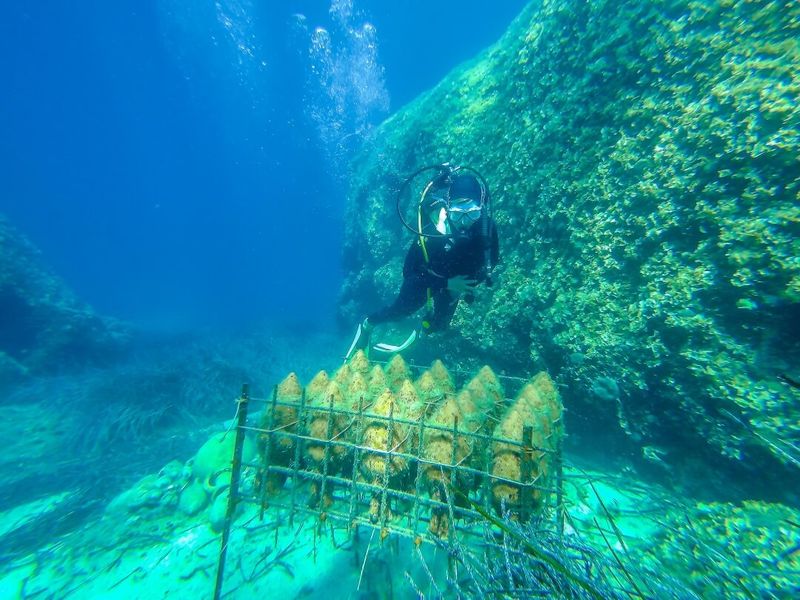
Hidden beneath the azure Adriatic waves lies one of Hvar’s most extraordinary attractions – an underwater wine cellar. The Edivo Winery stores their prized bottles in special containers on the seabed, where the constant temperature and gentle motion create uniquely flavored wines.
During my visit, I joined a guided diving tour to witness these submerged treasures firsthand. Even non-divers can experience this wonder through special boat tours with glass bottoms revealing the underwater cellar.
What makes this experience truly special is tasting wine that’s been aged by the sea itself. Each bottle emerges covered in shells and coral, becoming both a delicious souvenir and a beautiful keepsake.
3. Dubovica Beach
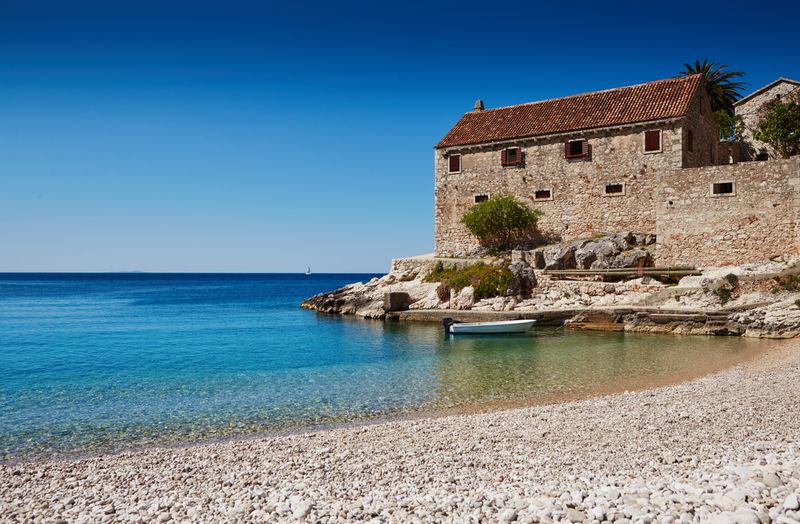
Tucked away between rocky cliffs and olive groves, Dubovica Beach feels like a secret treasure. This white pebble beach sits in a sheltered cove about 8 kilometers from Hvar Town, requiring a short hike down a hillside path.
When I arrived early one morning, I had the beach almost to myself. The water here transitions from crystal clear shallows to deep sapphire blues, perfect for both casual swimmers and snorkeling enthusiasts. A historic stone house overlooks the beach, adding to its picturesque charm.
Pack water and snacks, as there’s just one small restaurant serving fresh catches of the day. The journey to reach this hidden paradise makes the reward all the sweeter.
4. Hvar Fortress (Fortica)
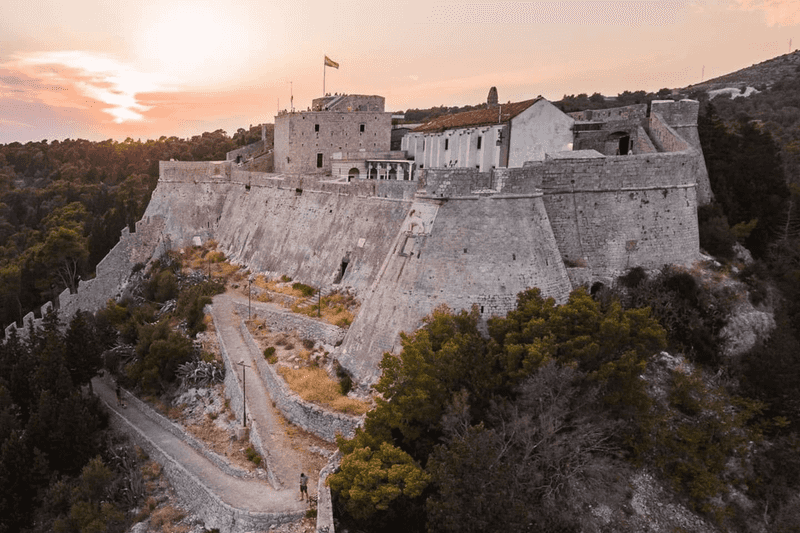
Standing guard over Hvar Town for centuries, the impressive stone fortress called Fortica crowns the hill above the harbor. Built in the 16th century during Venetian rule, this strategic stronghold protected islanders from Turkish invasions.
The climb up takes about 20 minutes along a zigzagging path, but trust me, it’s worth every step! I timed my visit for late afternoon when the stone walls glowed golden in the setting sun. From the top, I gazed across red-tiled rooftops, the harbor filled with boats, and the Pakleni Islands scattered across the horizon.
Inside, you’ll find a small museum with ancient amphorae and cannons that tell Hvar’s story through the ages.
5. Lavender fields near Velo Grablje
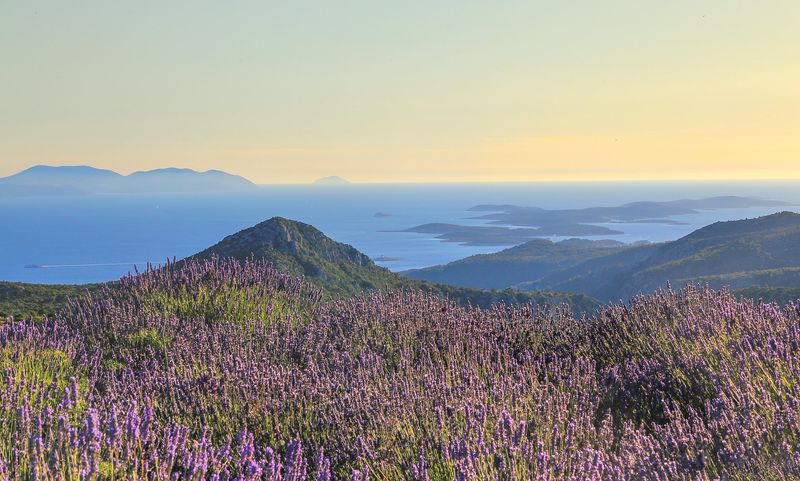
Just a short drive from Hvar Town lies the abandoned village of Velo Grablje, once the center of Croatia’s lavender production. During June and early July, the surrounding hillsides transform into a purple paradise that fills the air with sweet, calming fragrance.
I wandered through these aromatic fields as bees buzzed contentedly around me. The contrast between purple blooms, green shrubs, and the distant blue sea created a photographer’s dream. Local families still harvest lavender by hand, using traditional methods passed down through generations.
Don’t miss the annual Lavender Festival in late June, where you can learn to distill essential oils and create lavender products. Even outside flowering season, the stone village itself is hauntingly beautiful.
6. St. Stephen’s Cathedral
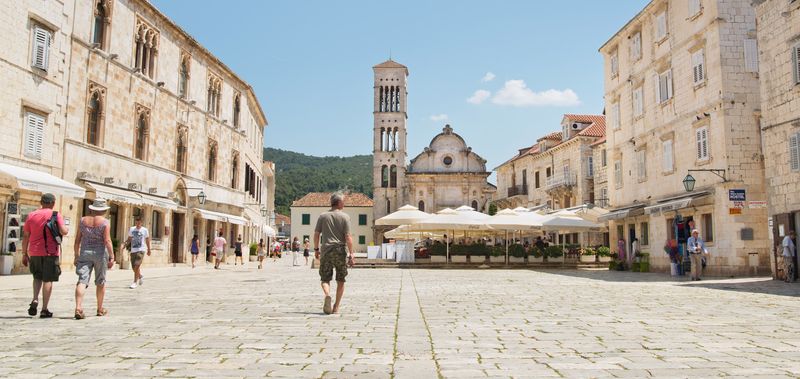
Rising majestically from Hvar’s main square, St. Stephen’s Cathedral represents the spiritual heart of the island. Its distinctive bell tower has guided sailors home for centuries, while its Renaissance façade showcases the wealth Hvar accumulated during Venetian rule.
When I stepped inside, the cool marble interior provided welcome relief from summer heat. Sunlight streams through high windows, illuminating impressive artwork including a Madonna and Child painting attributed to a follower of Titian.
The cathedral’s pipe organ still fills the space with music during special services. Did you know this cathedral took nearly 200 years to complete? Construction began in the 16th century atop the ruins of an early Christian church destroyed by Turkish invaders.
7. Jerolim Island (naturist-friendly)
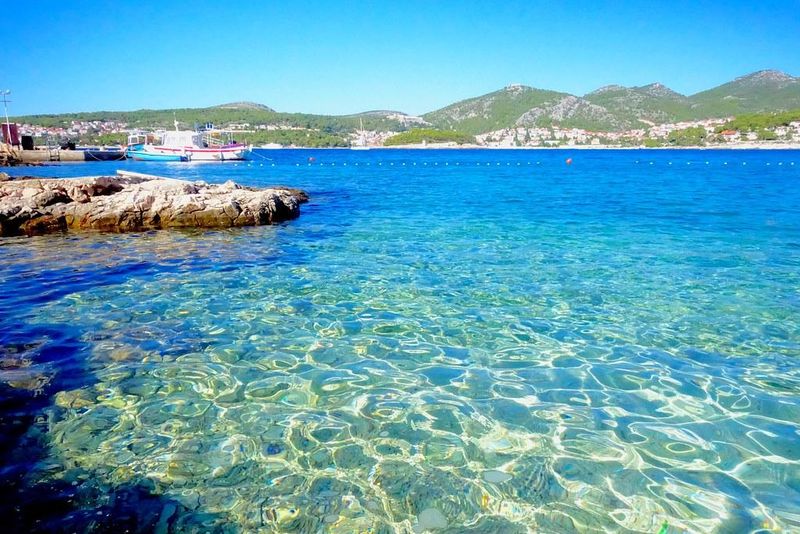
Just a 10-minute water taxi ride from Hvar Town lies Jerolim, a small island with big personality. Named one of the world’s top naturist destinations by CNN, Jerolim offers visitors the freedom to sunbathe in their natural state among pine forests and smooth rock platforms.
The island isn’t exclusively for naturists though. I found plenty of secluded coves where families and more modest visitors relax comfortably. The water surrounding Jerolim ranks among the clearest in the Adriatic, with visibility often exceeding 30 feet.
A small beach bar serves refreshing drinks and simple meals. Bring water shoes to navigate the rocky shore and snorkeling gear to explore the vibrant underwater world just offshore.
8. Kayaking along Hvar’s coast
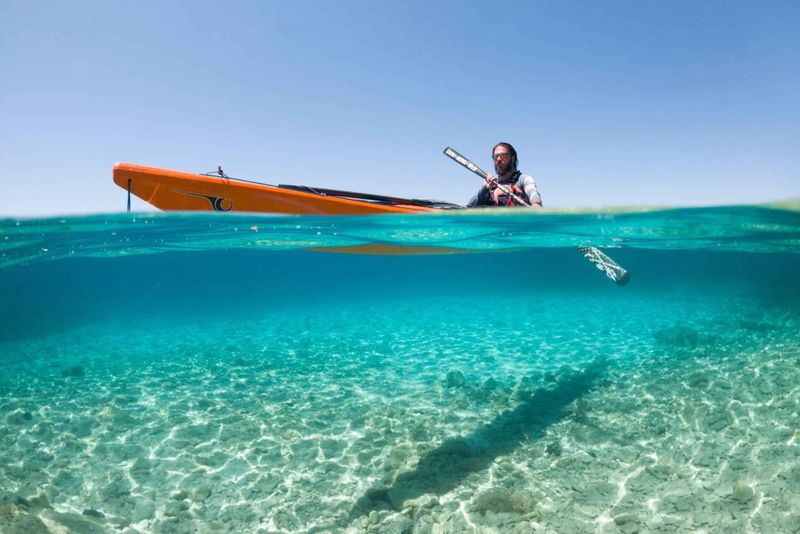
Gliding silently along Hvar’s rugged coastline in a kayak reveals hidden treasures inaccessible to larger boats. I paddled out early one morning when the sea was mirror-calm, watching fish dart beneath my transparent vessel. Several outfitters in Hvar Town offer guided tours or solo rentals.
The half-day route to Mekićevica Beach took me past towering cliffs, through natural stone arches, and into sea caves where sunlight creates mesmerizing blue reflections. My guide pointed out a rare Eleonora’s falcon nesting high on the cliffs.
Even beginners feel comfortable in the generally calm summer waters. Sunset kayaking tours offer a different perspective as the limestone cliffs turn golden and pink in the fading light.
9. Local olive oil tasting
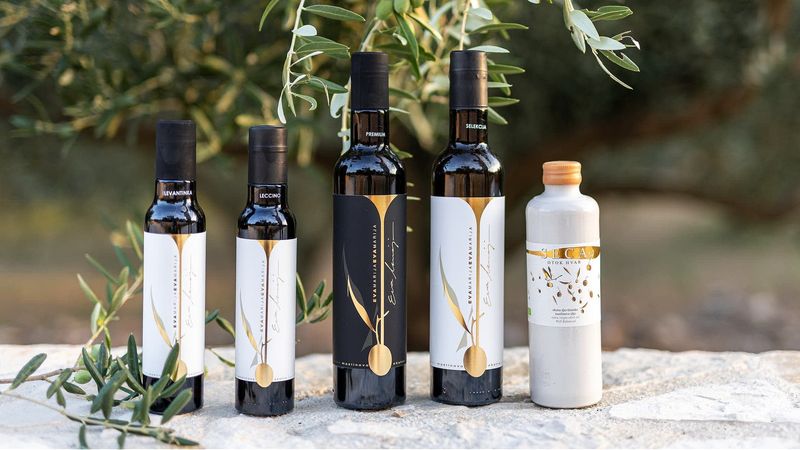
Hvar’s sun-drenched hillsides have nurtured olive trees for over 2,400 years, producing some of Croatia’s finest olive oils. Ancient stone terraces built by Greek colonists still support gnarled trees that produce intensely flavored fruit.
I visited a family-run press where four generations work together during harvest season. The owner taught me to properly taste olive oil – warming the small cup in my hands, inhaling the grassy aroma, then sipping while drawing air through my teeth to release the full flavor profile.
Many producers welcome visitors year-round, though October brings the excitement of harvest. Look for oils made from the local Levantinka variety, known for its peppery finish that tickles the back of your throat.
10. Franciscan Monastery & Museum
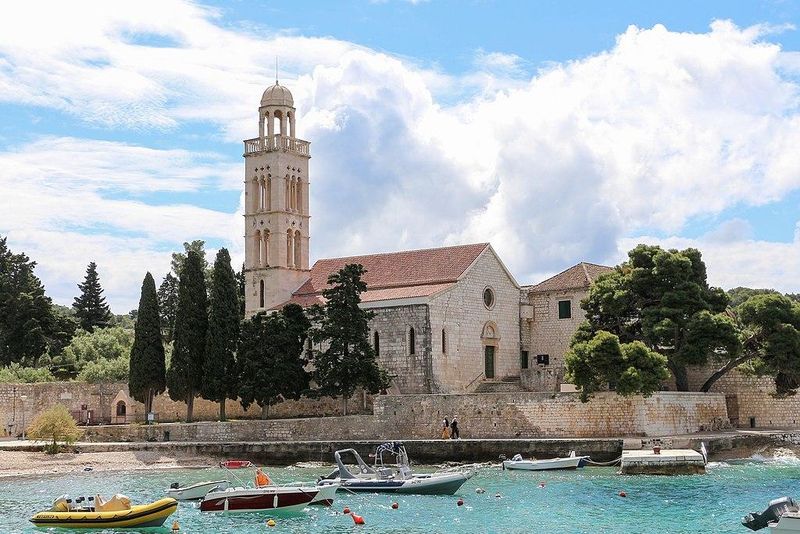
Perched at the edge of a small pine-shaded cove in Hvar Town, the 15th-century Franciscan Monastery exudes peaceful tranquility. Its cream-colored stone walls house unexpected treasures that surprised me during my visit.
The monastery’s most famous possession is a 1630s painting of The Last Supper, remarkably preserved in the refectory. Even more fascinating is the collection of ancient nautical charts, scientific instruments, and the pharmacy established in 1664 – still displaying original ceramic medicine jars.
The monastery’s garden offers a fragrant retreat with medicinal herbs grown using traditional methods. After exploring, I sat in the cypress-lined courtyard listening to the gentle splash of waves against the seawall – a moment of perfect Mediterranean serenity.
11. Snorkeling in Europe’s cleanest waters
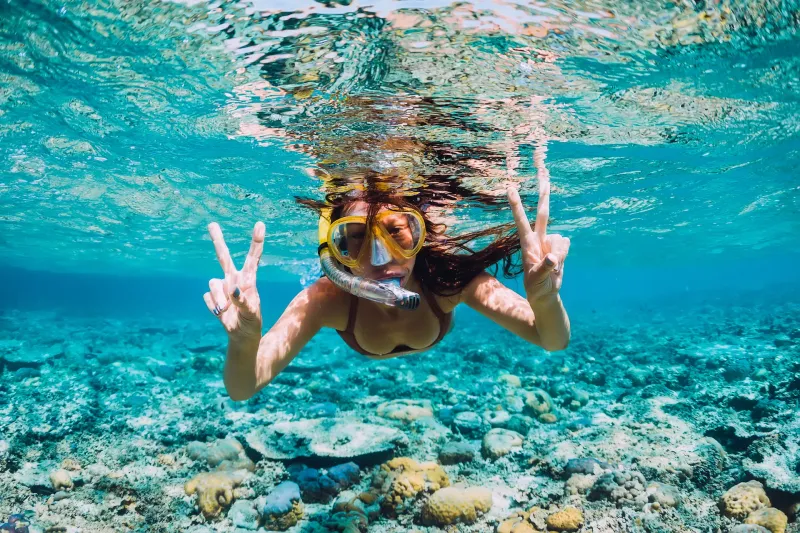
Hvar’s underwater world rivals its land-based attractions, with water clarity that must be seen to be believed. Marine biologists consistently rank these waters among Europe’s cleanest, with visibility often exceeding 50 feet on calm days.
I borrowed basic snorkeling gear from my hotel and discovered an aquatic wonderland just steps from the shore. Schools of silver fish darted around my mask while sea urchins, starfish, and colorful wrasse made their homes among swaying seagrass.
The protected cove near Pokonji Dol beach offered the richest marine life I encountered. Water temperatures reach a comfortable 75°F by June, making extended snorkeling sessions pleasant. Early morning provides the calmest conditions and best visibility before afternoon winds ripple the surface.
12. Hvar’s historic town square (Pjaca)
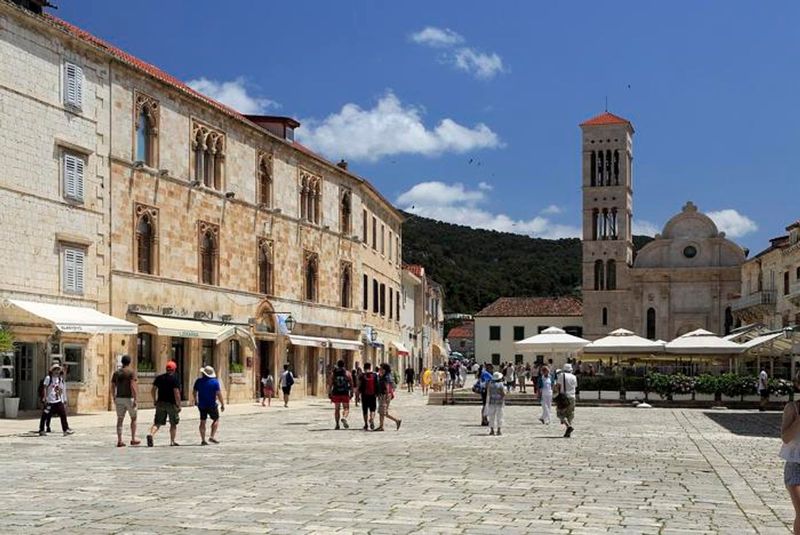
Stretching before St. Stephen’s Cathedral, Hvar’s main square (locally called Pjaca) claims the title of largest town square in Dalmatia. This expansive marble-paved space has served as the town’s social hub since the 13th century. I spent an entire afternoon people-watching from a café table, observing the daily rhythm of island life unfold.
Local children played hide-and-seek around the Renaissance-era well while fishermen mended nets in the shade. As evening approached, the square transformed – strings of lights twinkled overhead and musicians set up near the cathedral steps.
The square’s western end opens to the harbor promenade, where mega-yachts dock alongside traditional fishing boats. History surrounds you here – the Arsenal, Loggia, Clock Tower, and Governor’s Palace all tell stories of Hvar’s illustrious past.
